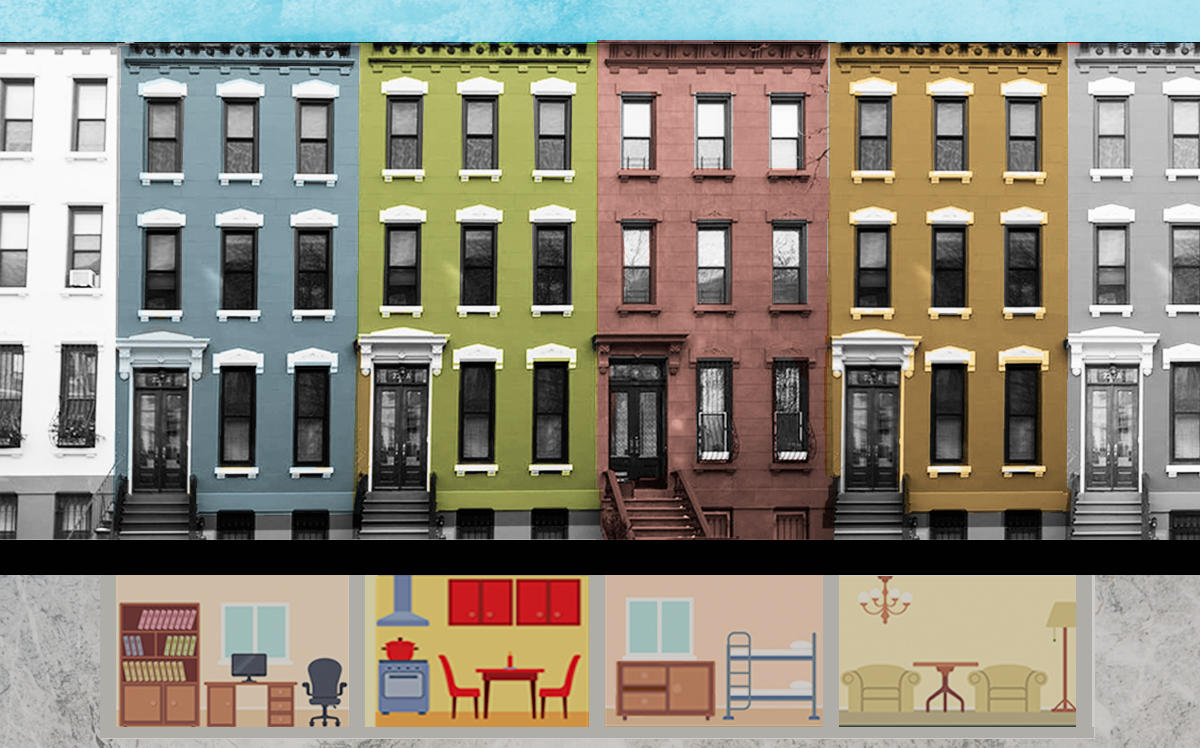Trending
City’s basement apartment crackdown ramps up
Violations for illegal unit conversions rose 10% in 2019

An estimated 114,000 people live in basement apartments in New York City, many of whom risk being relocated if the Department of Building finds their living situation to be illegal. According to city records, those cases are on the rise.
The DOB issued 5,151 violations to landlords for illegal apartment conversions last year, mostly in Brooklyn and Queens, the City news site reported. That’s a 10 percent increase from the 4,665 violations issued in 2018. Some violations require that the landlord shut down the illegal apartment immediately or face a fine of $1,000 per day.
“Lots and lots of people have basement renters,” Michelle Neugebauer of Cypress Hills Local Development Corp. told the publication, noting that enforcement could complicate counting of residents in a census year.
“They have been hit by so many inspectors and enforcers from the Department of Buildings over the years, that they’re very leery to admit that they have a current renter.”
Neugebauer’s organization is working on a pilot program with the city with the goal of bringing certain basement apartments up to code. In 2018, Mayor Bill de Blasio budgeted $5.7 million in funding for a program to bring basement apartments in East New York up to code while keeping their rents below market rate.
The pilot program, if successful, could lead to 5,000 more apartments citywide counted toward the mayor’s affordable housing goals.
In 2013, a study from the office of Manhattan Borough President Scott Stringer found that altering the rules surrounding accessory dwelling units could add tens of thousands of affordable units to the city’s legal housing stock and would spur economic growth.
Others, such as CBRE CEO Mary Ann Tighe, have suggested that because such illegal housing is already largely occupied, the impact on the city’s housing stock would be limited — and that rezoning manufacturing districts for residential use would be more effective. [The City] — Kevin Sun




